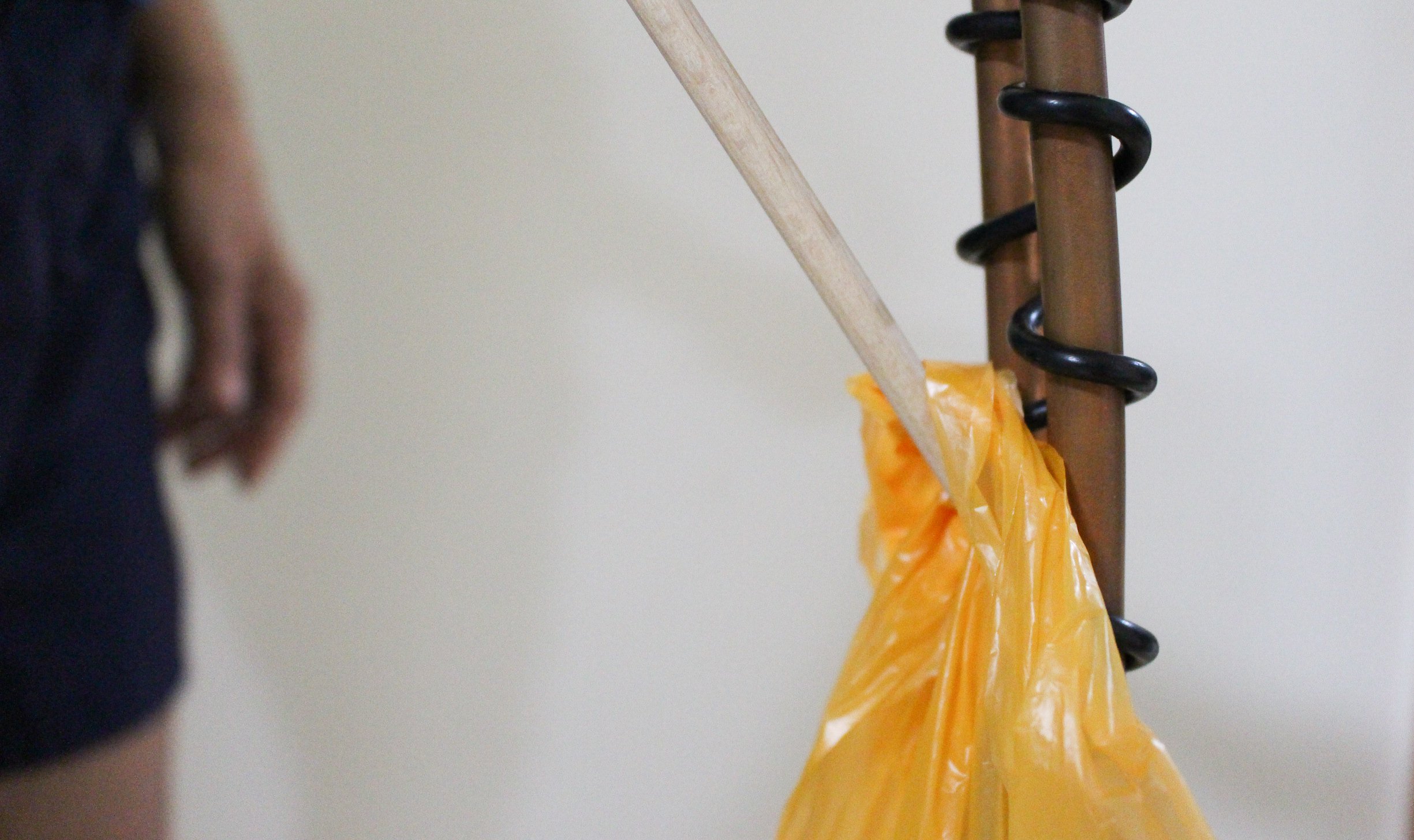
To view it at high resolution: https://drive.google.com/drive/folders/1U_r3lCQKzKmPop0RSXZYyhbaLRpm1Xuj?usp=sharing
There are 4 posts filed in Form and Visualization (this is page 1 of 1).

To view it at high resolution: https://drive.google.com/drive/folders/1U_r3lCQKzKmPop0RSXZYyhbaLRpm1Xuj?usp=sharing

I created a folder for my infographics because there was a limit to how big my file could be.
Please view at : https://drive.google.com/drive/folders/1bkuhrUauAJV0k_P_HgIes9pc8t_RiJTd?usp=sharing

TASK 1
My chosen object is my polaroid camera.

These are my orthographic drawings.


To view at higher resolution: https://drive.google.com/open?id=1bnDU55CxAdClIpP8vOgWhnFcL3rdSTSW
I found drawing the polaroid particularly challenging because it has mainly curved edges and many layers. In fact, I think it is this particular attribute that gives the polaroid it’s unique features of being portable and its ‘cuteness’ considering that it’s a Japanese product.
Its rounded edge also made the 2 perspective drawing difficult.
TASK 2
For this task, I partnered with Sylvia and mainly in charge of the 3d portion.
I referenced this video for this task: https://www.youtube.com/watch?v=Av8iBIaG6Nc&t=52s
It mainly utilises the ‘Stake and Strand’ method.



Initially while doing, it was rigid and I couldn’t keep the rattan strand flat. Also, it kept breaking and splitting.
Then I did some research and found out I had to soak the rattan in water first to make it more malleable. At the same time, while waiting, I decided to try out another method- the ‘hexagonal plait’ method with reference to this video: https://www.youtube.com/watch?v=psHmWNielcw

I used anything heavy to keep my rattan in place and from coiling up.
I decided to ditch this method because it required for the rattan to be parallel however despite the weights i still couldn’t get in parallel or even equally spaced. Hence, i went back to my previous method.
After much perseverance,




To view at higher resolution: https://drive.google.com/open?id=1bnDU55CxAdClIpP8vOgWhnFcL3rdSTSW
Highlight features/strengths/weakness of the weave pattern:
1. The weave criss crosses alternatively around a strand, providing a neat structure.
2. When done right, the weave is firm and keeps its shape because of the amount of tension that is build up in the binding points.
3. The weave pattern requires a constant strength, not too hard or not too soft. When I pulled too hard, the rattan would broke. When I didn’t pull hard enough, there will be gaps. Both of which, I have experienced. 
4. Being constant also affects the shape of the final product- to avoid being lob-sided.

Here is my lego ABSTRACT-CUBISM-ERA wiener dog.
.

This is inspired by Piet Mondrain’s works. He first dabbled in Cubism at around 1912. I also tried to stick with mainly primary colours as identified in his works. Here are some examples of his works:

Broadway Boogie-Woogie, 1942 by Piet Mondrian

Victory Boogie-Woogie, 1944 by Piet Mondrian
These are my raw drawings:


And with a bit of editing, I manage to duplicate the many cylinders as well as the ‘tail’.


This is my final layout:

To view all images at higher resolution: https://drive.google.com/open?id=1L6IhOcDR_9NWBY6yie6PJ9aCT1VhLEhP
I tried to go first an old school vibes with the layout with the simple graphics and borders. This is to further bring out the primary colours. Plus, with lego, it is a classic toy for children so I wanted to create that look with a simple 90s layout.